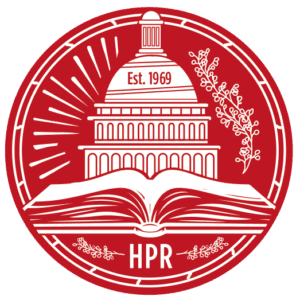prasad1
Active member
A recent lawsuit against Cisco from the State of California’s Department of Fair Employment and Housing made headlines for its seemingly rare case of an employee who was part of the Dalit, or “untouchable,” caste being discriminated against by his Brahmin, or dominant caste, workplace superior. The argument against Cisco makes a claim for caste discrimination under the Equal Protection Laws’ terms for racial or religious discrimination, opening the door to interesting comparative analogies.
This lawsuit gives us occasion to unpack the multimodal histories within the South Asian diaspora, revealing South Asia to be more than a land of spirituality or the birthplace of wealthy technocrats. In reality, diasporic cultural communities are often formed via caste organizations or otherwise segregated by caste. While these groups might not feel harmful, especially to dominant caste members, denying accountability for the ways cultural communities continue to perpetuate casteism maintains the hierarchy of caste-based privilege across the world. Such a hierarchy results in dominant caste members having greater access to educational and professional opportunities while members of an oppressed caste are excluded from certain cultural spaces or religious traditions.
“Caste doesn’t really feature in the vocabularies of American society, but caste is just not an Indian thing; it’s a global thing,” said Suraj Yengde, Harvard associate with the Department of African and African American Studies and author of Caste Matters, in an interview with the HPR. Casteism, camouflaged within aspects of South Asian cultures that have traveled across the globe, pervades social, educational, and workplace communities in the U.S.

 harvardpolitics.com
harvardpolitics.com
This lawsuit gives us occasion to unpack the multimodal histories within the South Asian diaspora, revealing South Asia to be more than a land of spirituality or the birthplace of wealthy technocrats. In reality, diasporic cultural communities are often formed via caste organizations or otherwise segregated by caste. While these groups might not feel harmful, especially to dominant caste members, denying accountability for the ways cultural communities continue to perpetuate casteism maintains the hierarchy of caste-based privilege across the world. Such a hierarchy results in dominant caste members having greater access to educational and professional opportunities while members of an oppressed caste are excluded from certain cultural spaces or religious traditions.
“Caste doesn’t really feature in the vocabularies of American society, but caste is just not an Indian thing; it’s a global thing,” said Suraj Yengde, Harvard associate with the Department of African and African American Studies and author of Caste Matters, in an interview with the HPR. Casteism, camouflaged within aspects of South Asian cultures that have traveled across the globe, pervades social, educational, and workplace communities in the U.S.

Casteism Camouflaged as Culture - Harvard Political Review
It is hard to see caste in operation if you are not trained. Beyond the obvious examples of human rights abuses or discrimination, casteism is a normalized set of practices that disguises itself as harmless at the surface level.
 harvardpolitics.com
harvardpolitics.com
